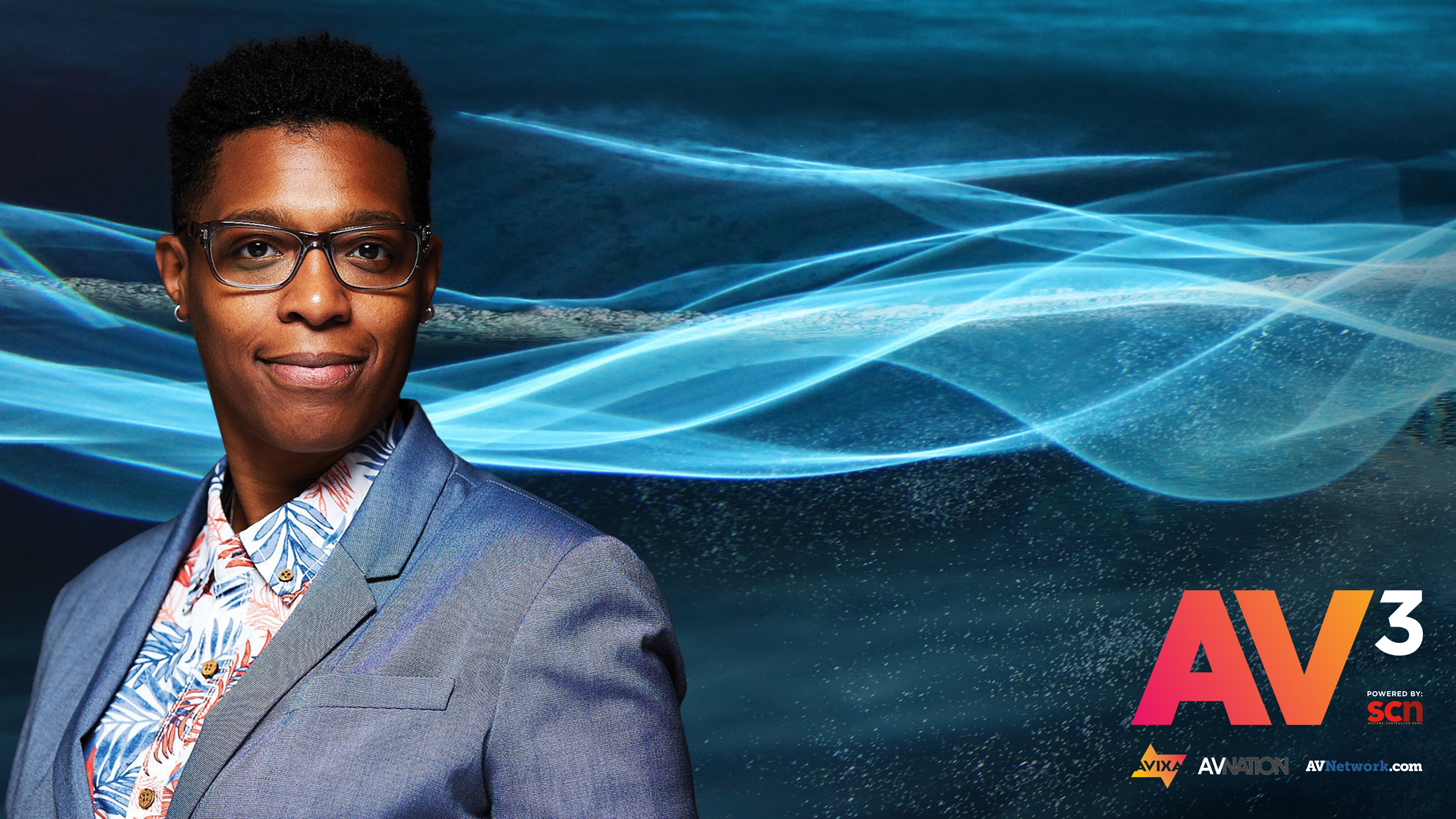What’s Next for Streaming?
During the pandemic, streaming services kept businesses running, friends connected and entertainment rolling out to fans. Now that streaming has become indispensable, what else can it do?

Predicting the future of streaming today is like trying to predict the future of the internet 30 years ago. The precedent has already been set. The future is limitless.
Fact-check that. Look at what streaming has done in the past 18 months. Streaming changed the way we work by allowing industry to set up shops inside of homes. When the theaters went dark, streaming stepped in and allowed us to continue to consume entertainment. It was streaming that kept us connected to our friends and families while we were advised to avoid seeing them in person. Streaming picked up the slack left by a year spent sheltering indoors and introduced us all to new friends, opportunities, and ideas that would have been otherwise inaccessible.
So yeah, I say streaming helped save the world. And it’s just getting started.
Streaming’s adoption will continue to grow as platforms continue to stretch their service offerings. Today, one-to-many is not the only way to send a stream. This concept has already been turned inside out as platforms work harder to mimic real-life situations in the virtual space.

Noted AV experts will share their thoughts on the future of streaming at AV³ on June 17. Click here to learn more.
Now, streaming, like real life, is about give and take. It’s an interaction, not a show. Participation options like polling, Q&A, and live chats have only scratched the surface of how much reciprocal connection is possible in a livestreamed event.
Going forward, the line between presenter and viewer will be blurred such that it will be possible for an attendee to arrive as a viewer with a question and leave after hopping on stage to give an impromptu explanation of their own field of expertise. This is already happening on a particularly exclusive audio-only, partyline app inspired by the podcast, a one-to-many classic. So the stage is set for a culture of dismantling the fourth wall for the good of making space for more voices to be heard. Blurring the line between presenter and audience in this way engages and excites all participants by bringing the magic of randomness into the virtual space. Expect this culture shift to be invited to a variety of production environments from corporate to art to house of worship streams and more.
[ Going Live: Planning an Engaging Livestream ]
A daily selection of features, industry news, and analysis for AV/IT professionals. Sign up below.
As we move beyond the era of streaming as a pandemic-induced necessity, another culture shift will unfold. In the next phase, creativity in streaming will start to come from organic inspiration instead of obligation to keep viewers engaged.
Now that streaming options are considered for nearly any event in any sector, more minds will be focused on figuring out how to create engaging content to share. Right now, most event organizers are trying to make their video streams look like TV. This is good. It’s polished, but it’s just a steppingstone. The next iteration of creativity in streaming will bring viewers into experiences in ways that television cannot rival.
In the meantime, there are still basic market growth opportunities for streaming. The remote audience is here to stay, so it’s important that every business that needs to serve them is equipped with at least the minimum kit to present a solid representation of their live event.
I recently attended a poorly streamed funeral. It was an experience of heartbreak on top of heartbreak for a viewer who knows that quality streaming infrastructure can be accessible, affordable, and intuitive to operate, even for a small business. This is where we, the AV industry, can step in and help to usher streaming toward its future, while also cultivating the new client base we have been looking for. We are the gatekeepers. It is up to us to create that affordable, quality package. That’s how we get to keep on saving the world.
Rachael Harris will be part of the discussion “What’s Next for Production and Streaming” at AV³ on June 17. Click here to learn more about the AV³ virtual event.
Rachael Harris is a senior infrastructure engineer (II) at American Express. The views expressed here are her own and do not necessarily reflect the views of her employer.
More Predictions
What’s Next for Conferencing and Collaboration? • Jeremy Caldera shares his thoughts on the future of conferencing and collaboration in a post-COVID-19 world.
What’s Next for Production and Streaming? • Despite the pandemic and economic challenges of 2020, the pro AV industry embraced technology in new and valuable ways. Now that we are starting to go back to the office, schools and public places, we have to decide how we’ll use virtual tools like videoconferencing and live streaming going forward.
Rachael Harris currently works with the team responsible for video streaming inside of a large financial institution. She began her career as a regional theater lighting technician and steadily expanded that skillset to include national and international touring, technical direction, stage management, production management, and venue management. She joined her first AV company as a technical manager, where she developed her understanding of end-user operation and AV system design and installation. Harris continues to consider all of her projects through a showbiz lens and strives to furnish her colleagues and clients with streamlined, approachable solutions that deliver smooth communications.

